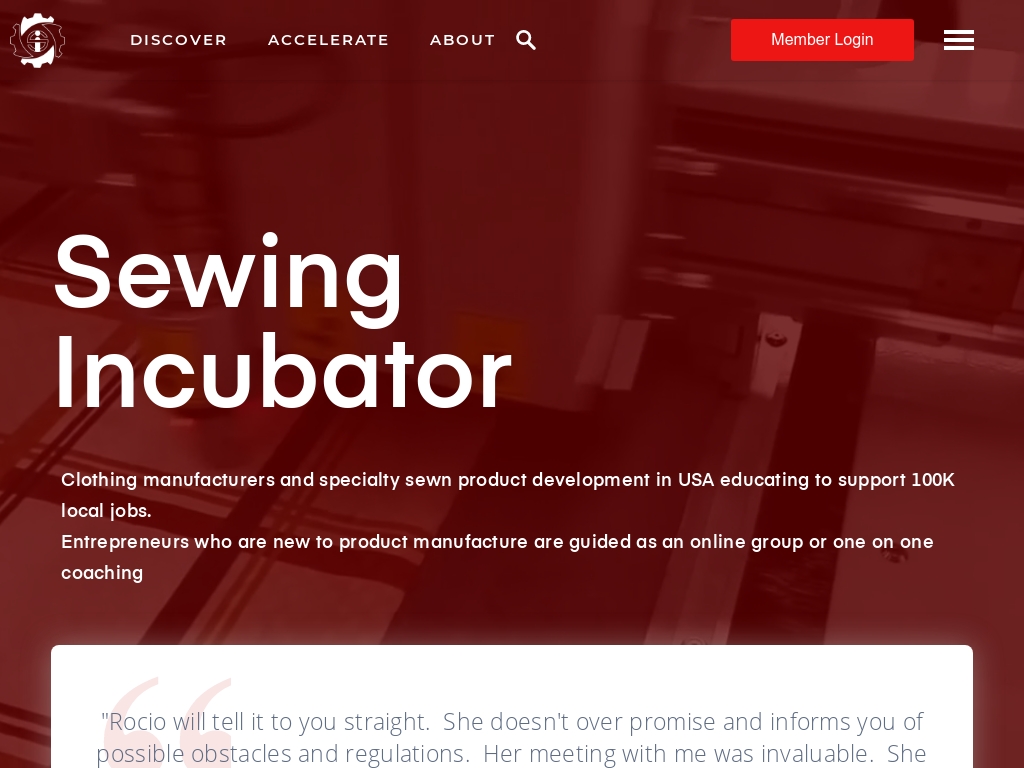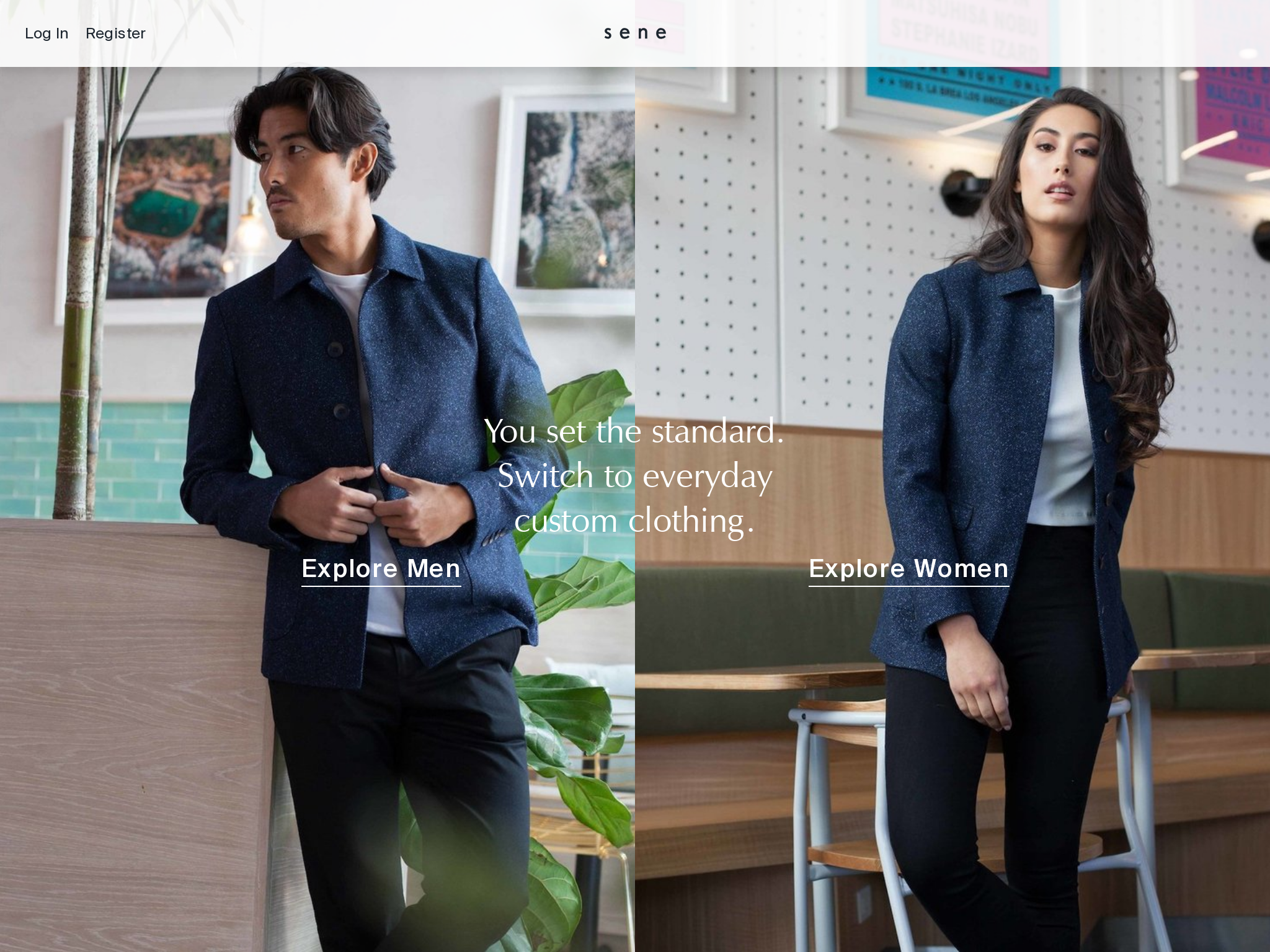
2 Custom Tailored Clothing Line Success Stories [2025]
Tailored clothing is about more than just fashion; it's a fusion of craft and personal expression. A custom-tailored clothing line caters to individuals who demand not only a perfect fit but pieces that reflect their unique style.
Starting this business involves collaborating with skilled tailors and establishing relationships with quality fabric suppliers. You'd need to design collections that can be customized to exact measurements and preferences, offering everything from bespoke suits to personalized casual wear.
This venture appeals to those who value craftsmanship and individualism. With increasing awareness of sustainable, individualized fashion, custom clothing can meet the demand for quality over quantity. Owning this business means embracing a creative process where your client's satisfaction is the ultimate design goal.
For those passionate about fashion and precision, a custom-tailored clothing line could be both a fulfilling and lucrative endeavor.
In this list, you'll find real-world custom tailored clothing line success stories and very profitable examples of starting a custom tailored clothing line that makes money.
1. Sewing Incubator ($720K/year)
Rocio Evenett, co-founder of Sewing Incubator, came up with the idea after realizing the effects of government-sponsored outsourcing on the American garment industry. After undergoing cancer treatment, she developed a business plan to empower entrepreneurs to develop and manufacture products in the USA. The company has since averaged $60K in monthly revenue and works with influencers on exclusive collaborations.
How much money it makes: $720K/year
How much did it cost to start: $25K
How many people on the team: 2


Sewing Incubator co-founder Rocio Evenett started a $60k per month sewn product development and manufacturing business in January 2020, offering entrepreneurs and industry professionals the tools they need to launch an American product line, and has plans to create 10,000 jobs in LA while leveraging accessible technology.




2. Sene ($480K/year)
Ray Li, the founder of Sene, came up with the idea for his business after experiencing the frustration of finding clothing that fit properly as a slim Asian guy. He wanted to create a luxury brand that offered custom-fit clothing instead of off-the-rack options. After experimenting with different formats and launching a flagship store in LA, Sene now uses data science to provide customers with a custom fit and has become a capital-efficient business with gross margins of 60-65%.
How much money it makes: $480K/year
How many people on the team: 3


Sene founder Ray Li used data science to replace the tailor, developing custom-fit clothing's luxury experience with a digital platform for men and women, generating $800,000 annual recurring revenue through Shopify and adjusting marketing tactics to opt for influencer campaigns focusing on visual photo and video content.





Download the report and join our email newsletter packed with business ideas and money-making opportunities, backed by real-life case studies.

Download the report and join our email newsletter packed with business ideas and money-making opportunities, backed by real-life case studies.

Download the report and join our email newsletter packed with business ideas and money-making opportunities, backed by real-life case studies.

Download the report and join our email newsletter packed with business ideas and money-making opportunities, backed by real-life case studies.

Download the report and join our email newsletter packed with business ideas and money-making opportunities, backed by real-life case studies.

Download the report and join our email newsletter packed with business ideas and money-making opportunities, backed by real-life case studies.

Download the report and join our email newsletter packed with business ideas and money-making opportunities, backed by real-life case studies.

Download the report and join our email newsletter packed with business ideas and money-making opportunities, backed by real-life case studies.











